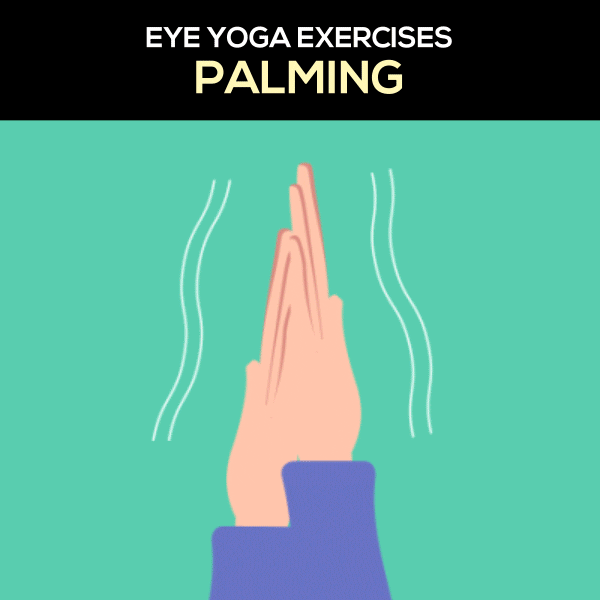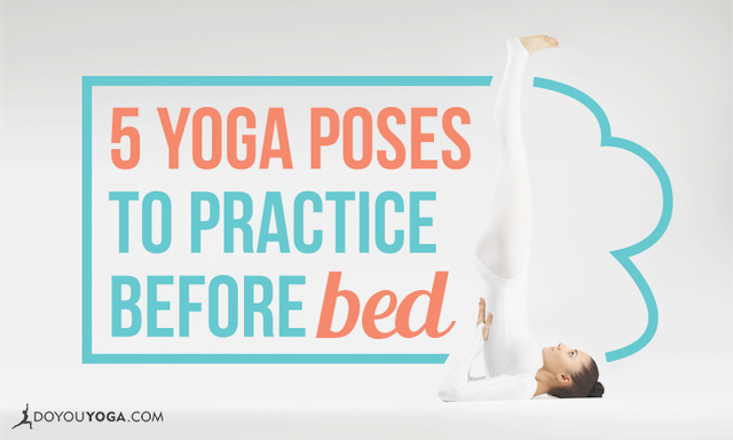
Yoga can cause musculoskeletal injuries in many people. While wrist-weighted yoga poses pose a risk for injury, there are many ways to avoid them. Incorrect wrist alignment could lead to sprains or breaks. During these exercises, the wrist and fingers should be spread evenly and firmly. Avoid these injuries by using safe postures and adhering to instructions.
Researchers are reporting an increasing number injuries to yoga. Injuries have increased from 13 to 20 in 2000, to eight to 46 in 2002. However, the Consumer Product Safety Commission's survey is based on sampling and doesn't provide the complete picture. Only a few yoga injury victims make it to the emergency room. Most people seek treatment from their family physicians, chiropractors, and masseuses. It is important to be aware of the limitations and benefits of yoga for injury prevention.
Injuries in yoga are often the result of improper alignment. Injuries to yoga pose a risk if you don't align properly. A proper alignment during yoga will prevent the risk of an injury. You should also ensure that your teacher is properly trained in biomechanics. For a class to be safe and effective, it is essential that you have the right body mechanics. Your instructor may not be able to correctly teach you, and you could sustain an injury.

The shoulder muscles, as well as the rotator and shoulder muscles, are at greatest risk of injury. Rotator and hand injuries can also result from binds linking wrists and hands while in a pose. Furthermore, the sun salutations are a series of poses that puts the body's weight on the upper extremity and are often associated with an impingement of the rotator cuff. These poses can be especially dangerous if they are used in a repetitive forward bend, as well as stretching and overusing your hamstrings.
There are many common injuries that yoga can cause. Most common are joint and muscle injuries. They are not serious and do not usually require medical attention. If you already have a problem, however, yoga poses can be very beneficial for your health. Overexertion can cause injury to your shoulder and rotator-cuff muscles. Therefore, you should pay special attention to your rotator cuff and make sure that it is functioning properly.
Although you should avoid dangerous poses like yoga, there are some injuries that can be caused by doing them. Text neck is the most common. It occurs when people are too dependent on their phones. These positions are dangerous for the neck muscles, so avoid them. You'll reap the most from your practice the more you practice. There are many causes of injuries in yoga, but most are preventable.
A common yoga injury is the low back. Excessively curved or twisted joints can result in a low back injury. People who have been injured in the past may be more susceptible to this condition if they do not align their bodies correctly. Overworking the shoulder can cause injury to yoga. When it comes down to the upper extremities the clavicle can, the humerus and the capula all can become injured.

Yoga injuries that are most common involve improper technique. Injury can result from overtraining the neck, hips, spine, and other joints. An orthopedist may recommend that you pay attention to your body and refrain from taking on any positions that are too difficult. The neck can be straining if you do too much. It takes time to heal a neck strain. Avoid doing intense yoga. This will help prevent any further complications.
While yoga-related injury rates are low, it's important that you understand that certain postures can cause pain. These types of injuries are rare, however. These injuries are usually caused by overstretching or repetitive stress. Injuries to yoga pose are most common when they're not performed correctly or without adequate warming up. Injuries occur when the practitioner is not aware of the risks associated with the poses.
FAQ
What is the fastest way to transform my body?
Your mindset must be changed. You must first decide to change.
Once you have decided that you want to change, then you need to commit yourself to work on your fitness goals for at least 3 months.
Then, find a program to fit your life.
Also, you need to set realistic goals. You shouldn't waste money on a gym membership that doesn't allow you to put in the effort and time required to reach your goals.
Instead, take advantage of your free time to exercise outside.
You can lose 1 lb if you walk around the block for one hour each day.
Now that you are clear about what you want to do, plan how you will organise your life around this plan.
This means that you should schedule time for exercise every morning before heading to work, and allow yourself to take breaks throughout the day.
Finally, you should reward yourself when you reach milestones. You can buy accessories and clothes that reflect your success.
What's the Best Way to Lose Weight?
Losing weight is easier said than done. Many people give in to temptation because they don't know how to proceed.
But there are steps you can follow to shed extra pounds.
First, you must ensure you eat fewer calories than you burn. If you consume more calories than what you burn, you will gain weight.
Second, you must start exercising regularly to burn off all those calories. You can choose from a variety of exercises such as walking, biking or dancing.
Third, quit smoking cigarettes and alcohol. These habits lead to a higher intake of calories than usual.
Fourth, you should cut back on junk food. These can be replaced with healthier options like fruits, vegetables and whole grains.
Fifth, you must change your lifestyle and adopt new habits. It is possible to wake up at 5 AM to go to work, or to be more active before you get to work.
Sixth, you must be disciplined and follow your diet plan.
Lastly, you can join a gym or attend an aerobics class to burn those excess calories.
By following these simple tips, you will soon begin to notice results.
Is it true, that too much protein can cause kidney stones?
Protein is essential for healthy bones and tissue. However, too much protein can result in calcium excretion through the urine. In turn, this can result in kidney stones.
It is important that you note that not all people develop kidney stones when they consume more than 2 grams of protein per kg (2.2 pounds). You don't have to eat a lot of protein to get kidney stones.
By watching how much sodium you consume, kidney stones can be prevented. The kidneys regulate the amount of sodium they consume. Too much sodium can cause kidney stones.
If you have kidney stone, you might also consider reducing your protein intake. For most people, protein provides half their daily caloric requirements. It is possible to lose weight by cutting down on your intake of proteins.
If you do decide to eat more protein, don't go overboard. Try to eat less than 20% protein in total calories.
Statistics
- Cardmembers earn 5% Back at Amazon.com with a Prime Credit Card. (amazon.com)
- Candidates and applicants must pass all four tests at 70% (minimum level) to graduate from Basic Deputy U.S. Marshal (BDUSM) Training. (usmarshals.gov)
- By John Thompson Take a whopping 38% off a set of PowerBlock Pros. (menshealth.com)
- According to the American Academy of Dermatology (AAD), men over 50 are at a heightened risk of developing it. (healthline.com)
- Are You One of the 20% of Guys (mh.co.za)
External Links
How To
What nutrients does a person need every day?
Healthy growth and development of men requires healthy nutrition. Your body needs vitamins, minerals and nutrients as well as carbohydrates, proteins, fats, carbohydrate, fiber, and other essential components.
You also need specific nutrients for different times in the day. When you're sleeping, your body uses energy from food for hormones, proteins, and enzymes. When you awake, protein is used by your body to build muscles or repair damaged tissue.
Your body uses the night to break down fat and store extra energy as glucose. During this time, your body needs fewer calories but still needs sufficient nutrients. If you feel hungry, you can have a snack in the evening.
To fuel your muscles while you train, you will need sufficient carbs as well as protein. After a hard workout, muscle soreness may occur.
You must ingest carbs and protein within two hours of training to prevent this. To provide energy, your body will begin to break down stored glycogen.
In addition, you must consume protein immediately after completing your workouts. This prevents muscle tissue being destroyed while you're sleeping.
Your body produces lactic acid during high levels of physical activity. It builds up in your bloodstream, which can lead to fatigue. You can avoid this by eating carbohydrates-rich foods like fruits and veggies.
Carbohydrates offer your body the energy it needs for recovery from exercise.
Your diet may include lean meats like fish, eggs, milk cheese, yogurt or beans as well as lean proteins such as fish, eggs, egg yolks, cheese, yogurt, bean, peanuts and seeds.
All of these foods contain high quality protein. Protein promotes muscle growth and repairs damaged tissues. Protein is also necessary for the production of sex hormones such as testosterone.
To maintain healthy skin, hair, and joints, you also need sufficient dietary fats. Healthy men need between 20% - 35% of the total caloric intake to be fat.
Fat can help keep your heart healthy and protect you from cancer. It is essential for proper brain function.
You can get most of the fat you need from vegetable oils like olive oil, sunflower oil, corn oil, soybean oil, peanut oil, and safflower oil.
These oils are high-in monounsaturated, unsaturated fatty acid (MUFAs). MUFAs lower cholesterol and decrease inflammation. They protect your cells against free radical damage.
Saturated fats (SFAs), are found mainly in animal products such as meat, milk products, and butter. SFAs can increase LDL ("bad") cholesterol as well as triglycerides. They also promote weight gain and belly fat.
Polyunsaturated oils (PUFAs), are found in plant-based foods like nuts, seeds and vegetable oils. PUFAs are good for your heart health and help to reduce inflammation. They also help control blood sugar and cholesterol.
Men with low HDL ("good") cholesterol often suffer from erectile dysfunction. High consumption of saturated fats increases bad cholesterol, which lowers the level of good cholesterol.
Red meat and pork are a common source of prostate problems in men who eat a lot. Nitrites convert to nitrosamines when cooked at high temperatures. These compounds can cause cancer.
Most processed meats contain nitrites and other harmful chemicals. You should avoid them.
The American Heart Association recommends eating no more than 2 servings of red meat per week. Instead, choose poultry and fish, legumes, tofu or whole grain bread as your main source of protein.